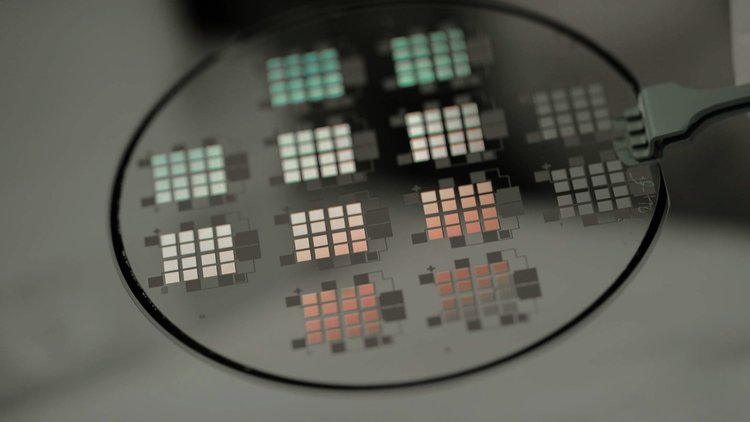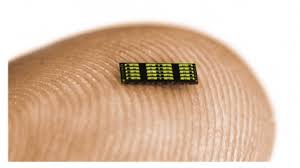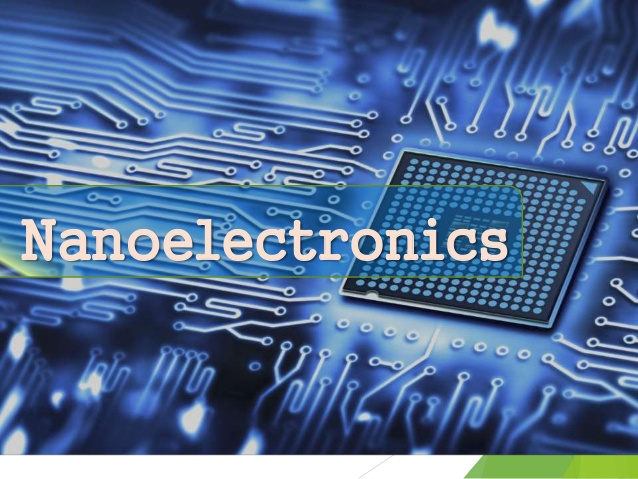🔬 Biological _ Electrical Nanosensors Section
Function and role of molecular nanoelectronics in the preparation of (synthetic nanobiosensors)
Researcher and Author: Dr. ( Afshin Rashid)
Note: These synthetic nanosensors and gas nanosensors are prepared by attaching specific electrical nanoparticles to the ends of carbon nanotubes and calculating the vibrational frequency in the presence or absence of the particles.
These nanosensors are often used to detect and control chemical reactions using nanoparticles. The development of gas nanosensors has been a significant topic in recent decades due to their numerous applications in various food, chemical, health, military and even space research industries . Leakage of deadly gases is one of the daily dangers of industrial life. Unfortunately, existing alarms in the industry often fail to detect such leaking gases very late. Examples of these types of sensors are made of talc nanotubes about one nanometer thick and can absorb toxic gas molecules. They are also able to detect a small number of toxic gas molecules in the environment. Such gas sensors have been successfully tested to detect ammonia and nitrogen dioxide, which are among the toxic gases.
Metal oxide nanosensors have attracted much attention in both basic and applied sciences. These sensors are mainly made of metal oxide semiconductors such as nano tin oxide, nano zinc oxide, and nano copper oxide. A prototype of these sensors has been shown to be capable of instantaneously detecting ammonia and nitrogen dioxide molecules at concentrations as low as 20 ppm (0.1 parts per million). These sensors could be used for the timely detection of biochemical warfare gases, air pollutants, and even organic molecules in space .
Synthetic nanosensors and LOC nanochips in agriculture and medicine
Using these sensors, it is possible to detect very small amounts of chemical contamination or viruses and bacteria in agricultural, food and medical systems. Also among these sensors, one can mention the sensor based on nanowires that detects radiation damage in the medical and laboratory industries. These nanosensors are placed in blood cells. Also, a lab-on-a-chip (LOC) is a device that consists of one or more laboratory operators on a chip with dimensions of a few millimeters or square centimeters and deals with very small volumes of liquids and can give us a lot of desired information from a sample.
Conclusion:
These synthetic nanosensors and gas nanosensors are prepared by attaching specific electrical nanoparticles to the ends of carbon nanotubes and calculating the vibrational frequency in the presence or absence of the particles.
Researcher and Author: Dr. ( Afshin Rashid)
Specialized PhD in Nano-Microelectronics






